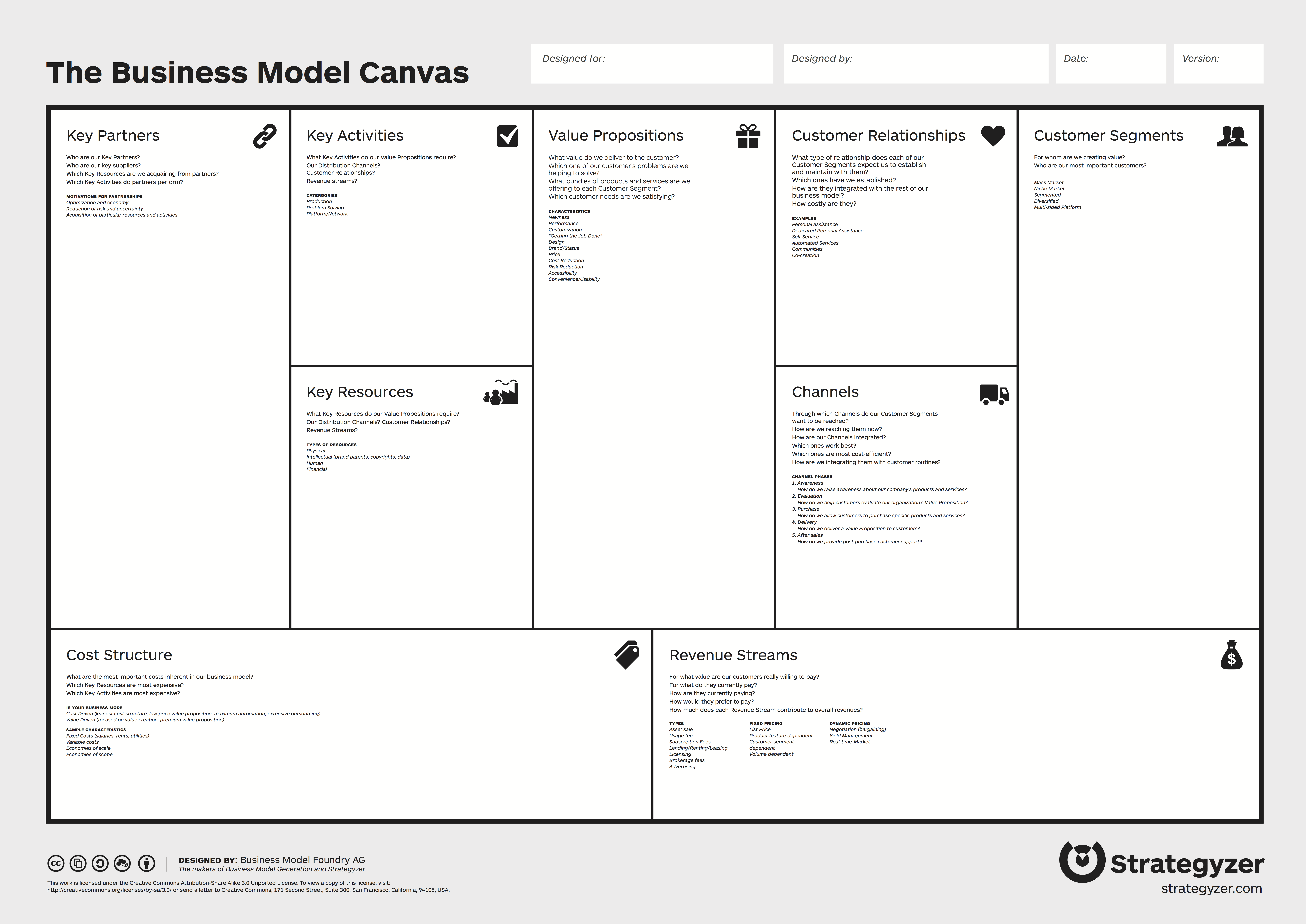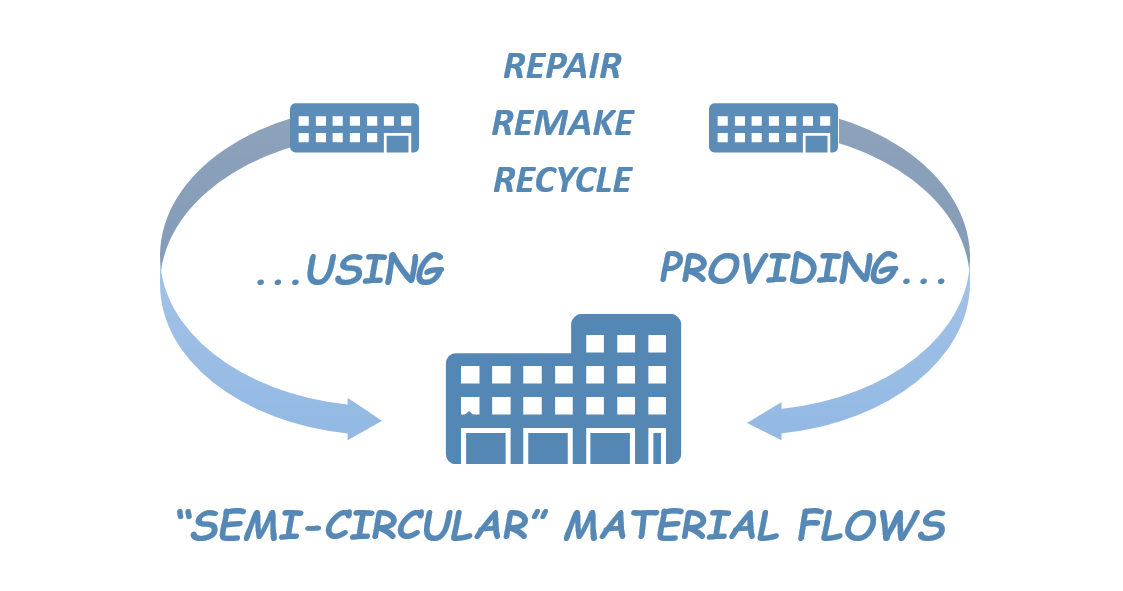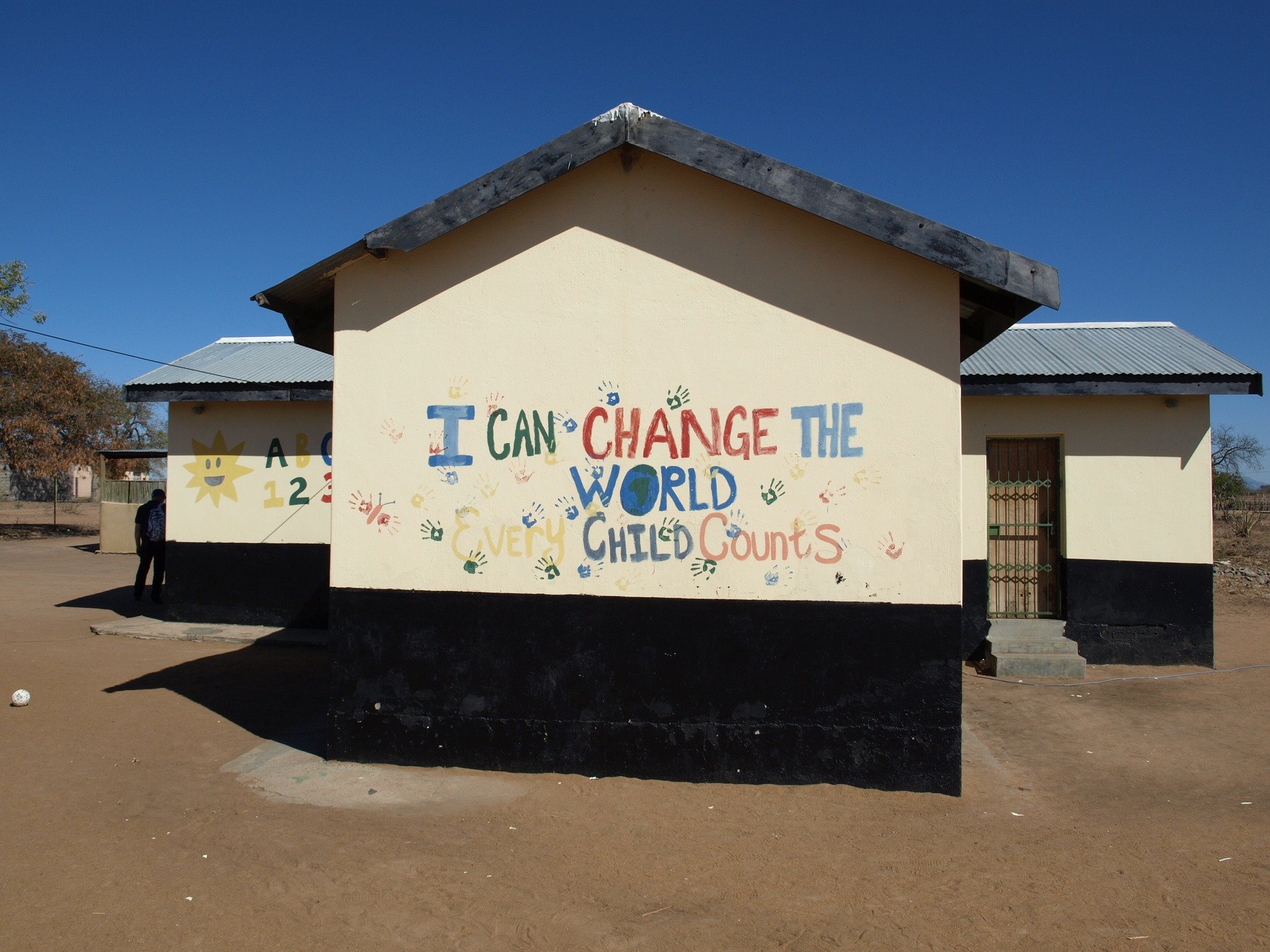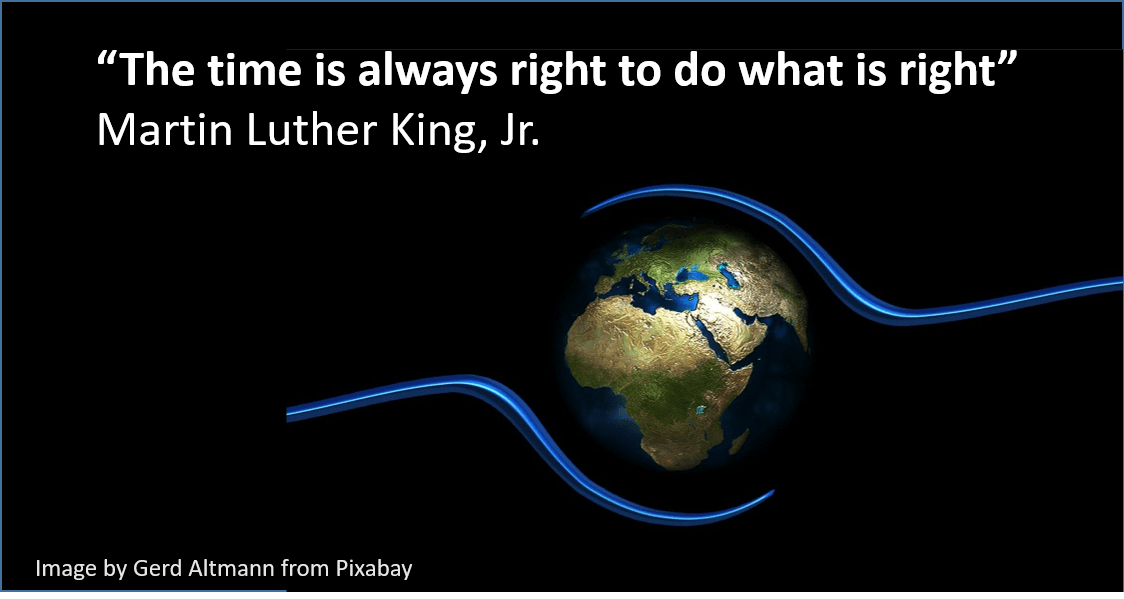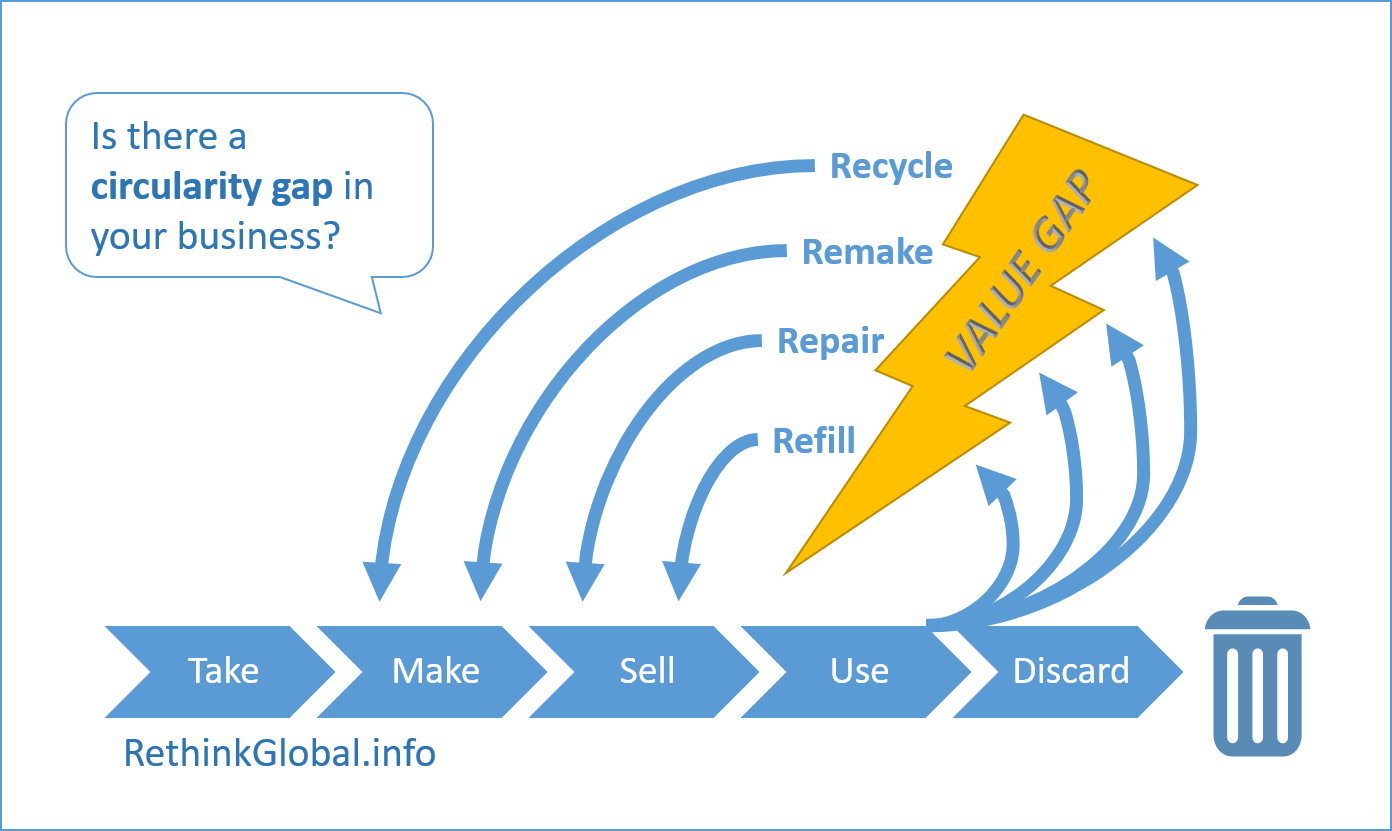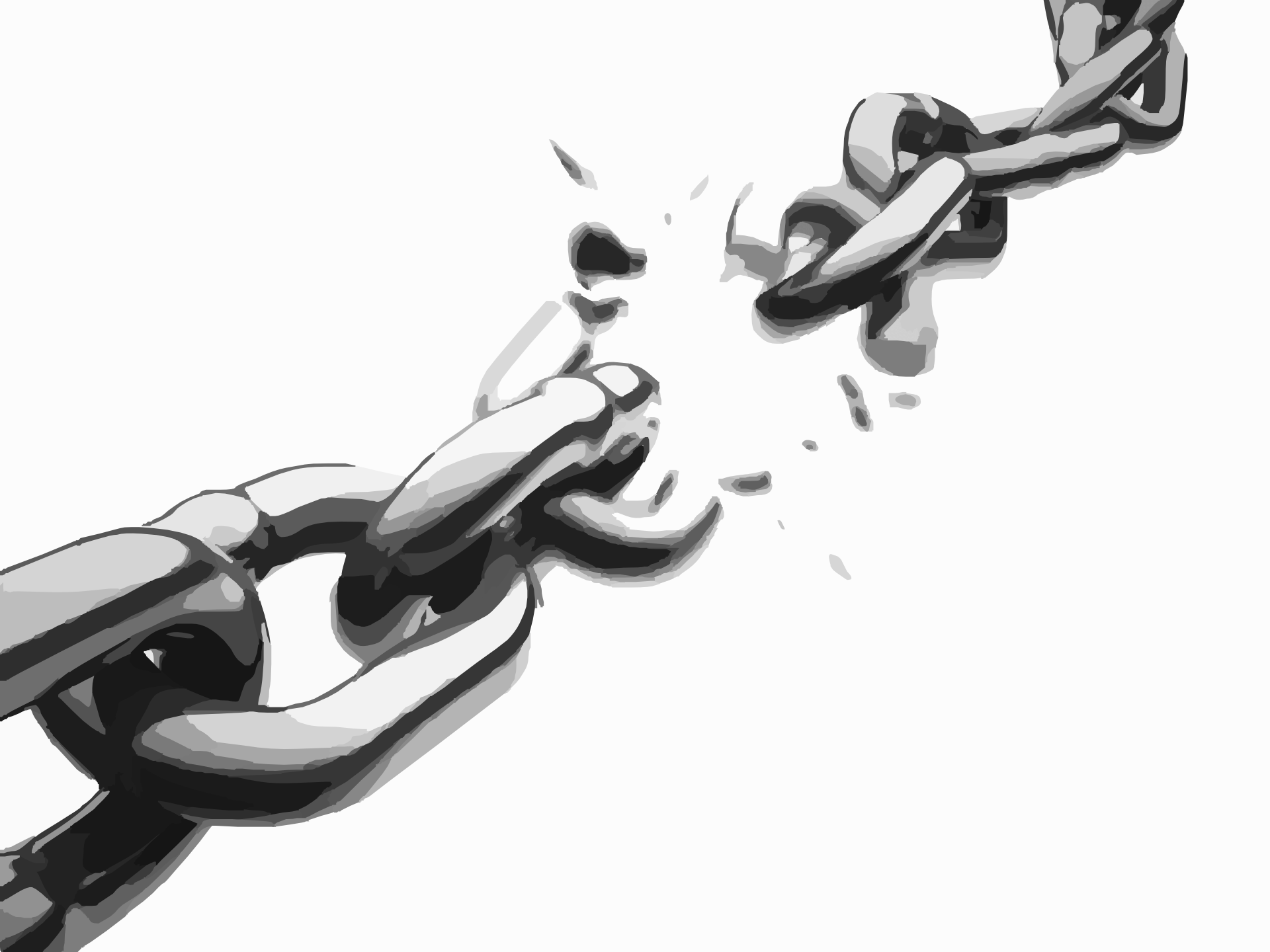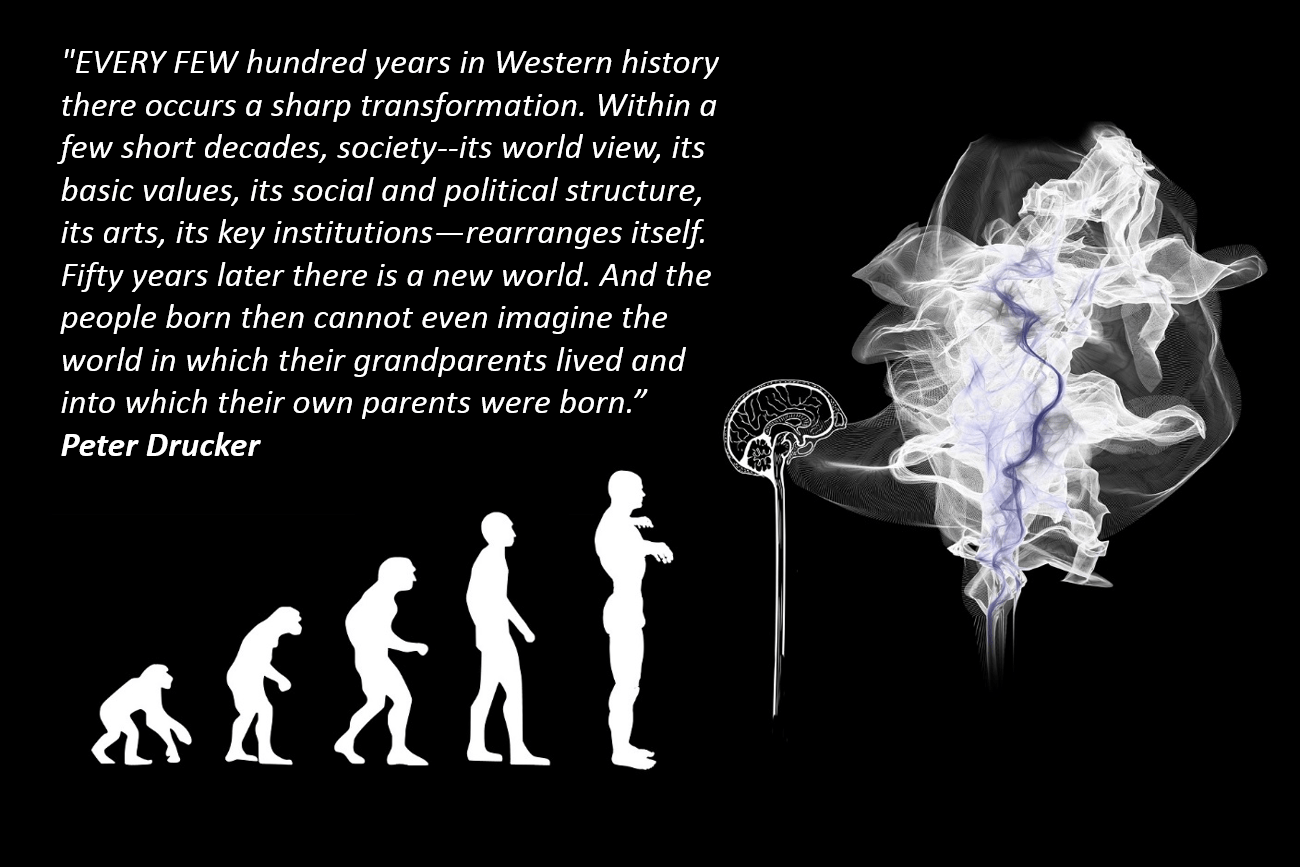Through the lens of this pandemic, is your business providing what the world needs?
Use ikigai principles to align your business purpose for people, planet & profit.
Ikigai is a Japanese philosophy dating back three millennia, and translates as a ‘reason for being’. It helps people get clear on their purpose in life, leading to wellbeing and satisfaction. As companies begin to emerge from the Coronavirus lockdown and rebuild more resilient, sustainable businesses, we look at how to use ikigai principles to clarify and realign business purpose for people, planet and profit.
12 minute read
Welcome to the #newabnormal!
As I write this, in early June 2020, some countries are emerging from the Coronavirus lockdown. Businesses of all shapes and sizes are making plans, either for their recovery or for a period of settling down after higher demand or online-only sales. Many are reflecting on what the crisis meant for their business and how they responded to the disruption. How can they be ‘front of mind’ for customers as society learns how to function again.
From early on in the crisis, we read about organizations, large and small, that neglected – or, worse, exploited – their staff or suppliers. We saw businesses seeking to profit from the pandemic, raising their prices for essentials that were suddenly in demand. We heard about companies cancelling ‘Work In Progress’ orders, leaving low-margin suppliers (and their low-paid staff) in a financial mess.
Consequently, the offenders were called out – by the mainstream media, by social media, even by governments. We were encouraged to boycott these companies. The result? Many backtracked from those exploitative decisions. But what happens as we go back to our ‘normal’ habits? Will we continue to shun those companies, instead favouring others with higher ethical standards?
Lots of us were shocked to learn about these sharp practices that were happening already, out of sight, and then scaled up during the pandemic.
Michael Dell, Chairman and CEO of Dell Technologies, highlighted the importance of sticking to ethical, fair approaches through troubled times. Speaking in a webcast by consultants EY, Dell said: “Employees, customers, partners and communities will remember how we treated them during this time.”
People expect businesses to do the right thing
People now expect businesses to do the right thing, for our planet and society. When we discover bad practice, such as poor pay and working conditions, child labour, pollution, deforestation, unrecyclable products and so on, more of us are ‘voting with our wallet’.
Tom Szaky, founder of Terracycle, interviewed for the Being Human Podcast, called it the ‘vote of consumption’. Szaky says we can “vote for the future we want, with what we buy”. In other words, every purchase we don’t make means one less of those products gets into the system. The result of our non-purchase is less resource extraction, less worker and community exploitation, less waste, pollution and emissions.
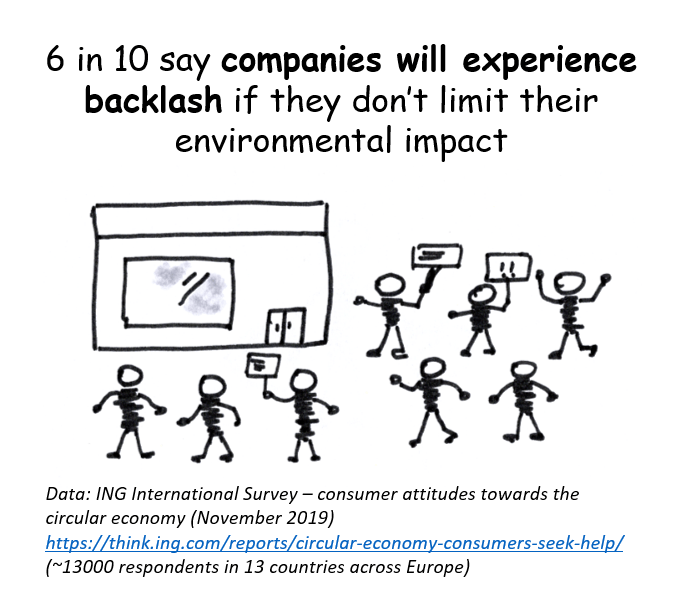
Significantly, investments in the companies with better records on environmental, social and governance (ESG) issues proved to be more resilient during the coronavirus market crash, according to analysis by BlackRock. The US investment fund said sustainable indices outperformed standard indices in market downturns in 2015-16 and 2018 and lasted through the market recovery. In the year to 30 April, 88 per cent of sustainable funds lost less than their non-sustainable counterparts.
Just as importantly, engaging our employees is essential to our success. People want to feel connected to their work, and be proud of what they are doing. organizations that have a purpose beyond profit find it easier to recruit and retain talented, motivated, loyal employees. Writing for Forbes, sales leadership expert and author Lisa Earle McLeod says: “…people want an emotional connection with their work. In fact, I’ll take it a step further; people are desperate to be part of something bigger than themselves.”
Looking at ourselves in the mirror
Already, the pandemic has triggered deep questions, about what is truly important. What do we cherish most? How do we want others to think of us? Do they see someone looking after our family, our community, our planet? Or someone focused on selfish priorities, at the expense of the world we all depend on?
Even fashion house Gucci is looking in the mirror. Announcing a move away from five annual fashion shows, the studio’s creative director, Alessandro Michele announced that Gucci would show a “seasonless” collection, twice a year. According to Jess Cartner-Morley in the Guardian, Michele’s diary entries on Gucci’s Instagram account, in May 2020, raised the problem of sustainability. “Above all, we understand we went way too far,” Michele wrote. “Our reckless actions have burned the house we live in. We conceived of ourselves as separated from nature, we felt cunning and almighty.”
Ultimately, we know we face a triple threat to our futures: a climate emergency, an ecological emergency, and now a human health emergency. To thrive, we need different ways of living, working and (seemingly) socialising.
The good news is that lots of businesses and entrepreneurs see this as an opportunity. Already, they have solutions or ideas, for:
- sustainable, healthy and ethical products, services and business models.
- fair, responsible and circular economy models that don’t extract precious resources, don’t exploit people and nature, don’t dump waste and pollution at every stage.
- approaches that create value for suppliers, employees, communities, customers and investors
#buildbackbetter
We’re seeing growing interest in a ‘Green New Deal’ and campaigns to #buildbackbetter after the pandemic (a phrase used by the United Nations back in 2015 in the context of Disaster Risk Reduction). How can existing businesses and startups make sure they are heading in the right direction? How can they be part of the solution, and #buildbackbetter in their organizations? How can they align their ethos with this new perspective, ensuring they support a healthy world with enough for all of us, and we create a fair, inclusive economy?
Ikigai – a reason for being
Last year, I noticed an article about the Japanese philosophy ikigai, by August Birch on Medium. The word ikigai translates as ‘a reason for being’ or a ‘reason for living’. Put simply, having a clear direction or purpose in life makes one’s life worthwhile. (Ikigai is pronounced ee-key-guy.)
This sense of purpose helps people choose actions that create satisfaction and a sense of meaning to life. As August Birch says, “ikigai is the merger between who we are, how we can serve others, and what we love to do.” Research shows that those people who feel their lives have purpose are generally happier and more positive. This becomes a virtuous circle, providing energy and stimulus to achieve more and make a bigger impact.
I found further articles online, explaining ikigai and how to use it to find meaning and purpose in your personal life.
Many refer to Héctor García and Francesc Miralles’ bestselling book: IKIGAI – the Japanese Secret to a Long and Happy Life.
Image with kind permission of Héctor García
García summarises Ikigai with a Venn diagram. Overlapping circles describe the four elements:
- What you love
- What the world needs
- What you are good at
- What you can be paid for
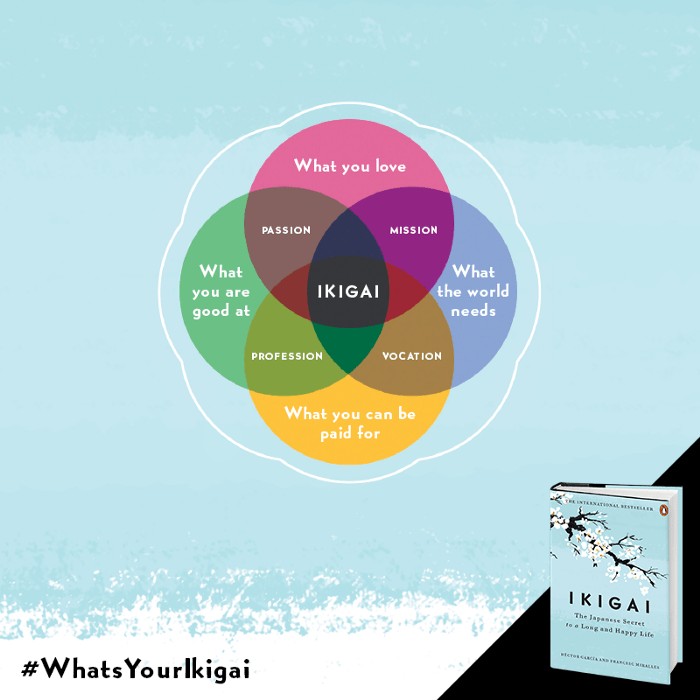
The original philosophy, thought to date back to the Heian period (794 to 1185 AD), didn’t include ‘what you can be paid for’. In earlier times, working out your Ikigai meant finding the ‘sweet spot’ between what you loved, what you were good at, and what the world needed. This could be volunteering or caring for your family. Alternatively, it could simply be aiming to show kindness every day. According to Jessica Stewart, writing for My Modern Met, less than half of 2,000 Japanese men and women surveyed in 2010 counted work as their ikigai. Ikigai can be an internal compass, helping to navigate us through difficult times.
Aligning the elements to find ikigai
García’s diagram labels the areas where the four circles intersect.
- Firstly, finding an overlap between what you love and what the world needs can become your mission in life.
- Secondly, your passion is likely to combine what you love, with what you are good at – though sometimes we have to work hard to be good at the things we love.
- Next, García suggests your vocation is a combination of what the world needs, and what you can be paid for. These days, the word vocation generally means an occupation we feel drawn towards, or for which we are trained or qualified. However, originally vocātiō (from Latin) meant ‘a call, summons’, in a religious context. This feels like a better match for something the world needs and we could be rewarded (even paid) for.
- Fourth, García suggests our profession should merge ‘what we are good at’ and ‘what we can be paid for’. However, it seems unfortunate that our profession and vocation might be different. Instead, I guess we’d hope these would blend together, so our career is something we are trained for and the world needs.
True ikigai- our purpose, our reason for being – lies at the centre of the Venn diagram, where all four circles overlap.
Evolving your ikigai
As we mature, and the world and our circumstances change, so can our ikigai change direction or evolve. Maybe you won’t discover your ikigai until later in life, when you learn something new that inspires you or makes you angry. Your flame might be sparked by injustice or a world issue. Alternatively, you might discover a new passion.
I don’t recall feeling a strong sense of purpose until I reached my 40s. Until then, I was content to work hard and do the best I could. However, after an illness, I wanted to know more about the food I ate, which led to prioritizing organic food. Next, I discovered more about farming practices, and the issues of pesticides and artificial fertilizers – for both nature and the people working on the land.
My interest then broadened to other sustainability issues, including climate, water, deforestation, finite resources and industrial pollution. I kept asking why we weren’t doing anything about this, and eventually, I realised I could get involved instead of standing on the sidelines. The upshot was stepping away from corporate life, to focus on helping companies use circular economy approaches, to strengthen their business and make a better world.
Ikigai for business purpose
Reflecting on the ikigai philosophy got me thinking about how businesses define their purpose. Free tools like the Empathy Map help us understand our customer. A business model describes how a company creates, delivers and captures value. Similarly, the concept of the Value Proposition (an element in Osterwalder’s Business Model Canvas) means we can get clear about what our customer needs. It helps us define how our products and services can ‘relieve pain’ and ‘create gains’ for our customers. In other words, it describes the benefits customers can expect from your products or services.
But how do you get clear on your business purpose? Sometimes, this can feel a bit ‘woolly’ or even ‘woo’! Perhaps you’ve never been explicit about your business purpose, but can see the benefits of clarifying it. Or, maybe you think your purpose has become a bit blurred? How might you clarify or realign it, so it’s fit for the world we live in now? Alternatively, you may feel your purpose is at odds with what the world needs, and want to rethink it. (Hint: if your purpose is ‘Make as much money as possible’, ikigai probably won’t help you!)
Why, how and what
When talking to my coaching and consulting clients, I’m interested in the ‘why’ of their business – why does it exist? I’m keen to understand what the company does, and, crucially, why it does it. What’s at the heart of the business? Is it trying to make the world a better place?
You may be one of the 28 million who’ve watched Simon Sinek’s TED Talk based on Start With Why—apparently the third most popular TED video of all time. Sinek’s website explains the Science of Why. Discovering WHY we do what we do can ‘inject passion into our work’.
WHY is a ‘purpose, cause or belief that drives every organisation and every individual career’. The WHY for your business, or your career, should explain why anyone should care about it. Why should your customers care? Why should your employees, and suppliers care about your business?
Sinek says those companies that build trust and loyalty, that inspire people, can help us feel we are part of something bigger and better.
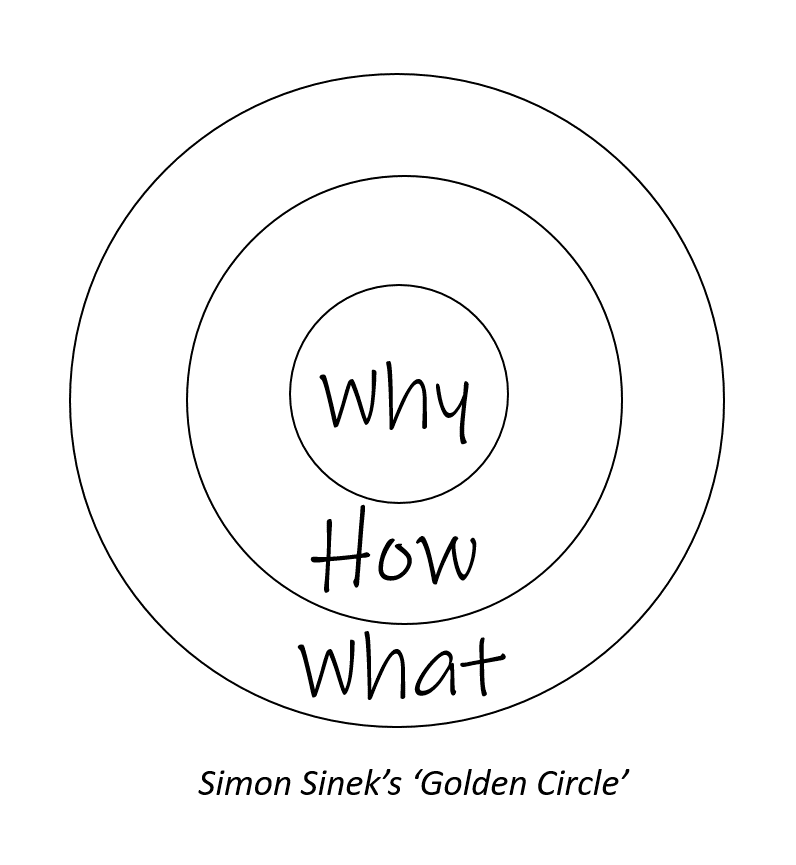
Sinek describes a ‘Golden Circle’: Why, How and What. ‘What’ corresponds to the outer section of our brains – the neocortex – which thinks rationally and analytically. It helps us understand facts, figures, features and benefits. The other two elements (Why and How) correspond to the middle section of our brains, the limbic system. That limbic system is responsible for our feelings, decision making and behaviours. Crucially, this part of our brain has no capacity for language. Instead, it gives us a feeling (‘gut feeling’) about what to do, that we struggle to explain.
Sinek says that once we understand our Why, we can recognize what drives our behaviour, and what fulfils us. Importantly, we can make better-informed choices about what we do, in business, in our careers, in our lives.
“If we want to feel an undying passion for our work, if we want to feel we are contributing to something bigger than ourselves, we all need to know our WHY.”
Simon Sinek
Back to the ‘new abnormal’
Let’s return to the pandemic, with no clear path back to ‘business as usual’, and those deep questions about things we’ve taken for granted. Most analysts say we’re heading for a massive global recession. What does that mean for your business? If people have less money to spend because they’re no longer in a well-paid job, or because their household now has one income instead of two, how will they spend their money? Will they choose to buy from your business? Is what you do making a positive difference in people’s lives? Or are you providing fast fashion and fripperies? Are you providing people with things that improve their health and wellbeing? Or pushing ‘nice to haves’ and ‘stuff’ – feeding egos, not minds and bodies?
Using ikigai to realign your business purpose
Using ikigai philosophy to guide business purpose can help businesses clarify how their offering helps make the world a better place. It seems obvious that providing products and services that are better for the world will resonate with customers. Research is showing that, given a choice, many people will vote with their wallets and favour the company that is doing more good for people and our planet. According to Nielsen’s 2015 Sustainability Imperative Report, 66% of consumers would spend more on a product if it came from a sustainable brand.
Connecting with those people whose values align with yours means they become your supporters, not just your customers. Consequently, they are more likely to tell their friends and colleagues about your company and your offer, helping spread the word without an expensive marketing campaign. Crucially, they become part of your ‘tribe’, rather than your competitors.
To (slightly) paraphrase the late Ray Anderson, founder of the successful global carpet manufacturer, Interface, who summed up his ‘Mount Sustainability’ vision like this:
‘To take nothing, waste nothing, do no harm, and do well by doing good, at the expense not of the planet but of less alert competitors.’ Ray Anderson (1934-2011)
Ikigai – the ‘sweet spot’
How would we adapt the ikigai Venn diagram for businesses and other organisations?
I suggest the four main themes are almost identical, with the only slight change being ‘what you care about’ as a business, instead of ‘what you love’.
- What you care about
- What the world needs
- What you are good at
- What you can be paid for
Here, the overlap between ‘what the world needs’ and ‘what you care about’ is the business vision. Put simply, it’s your goals and aspirations – the future you want to see and be part of.
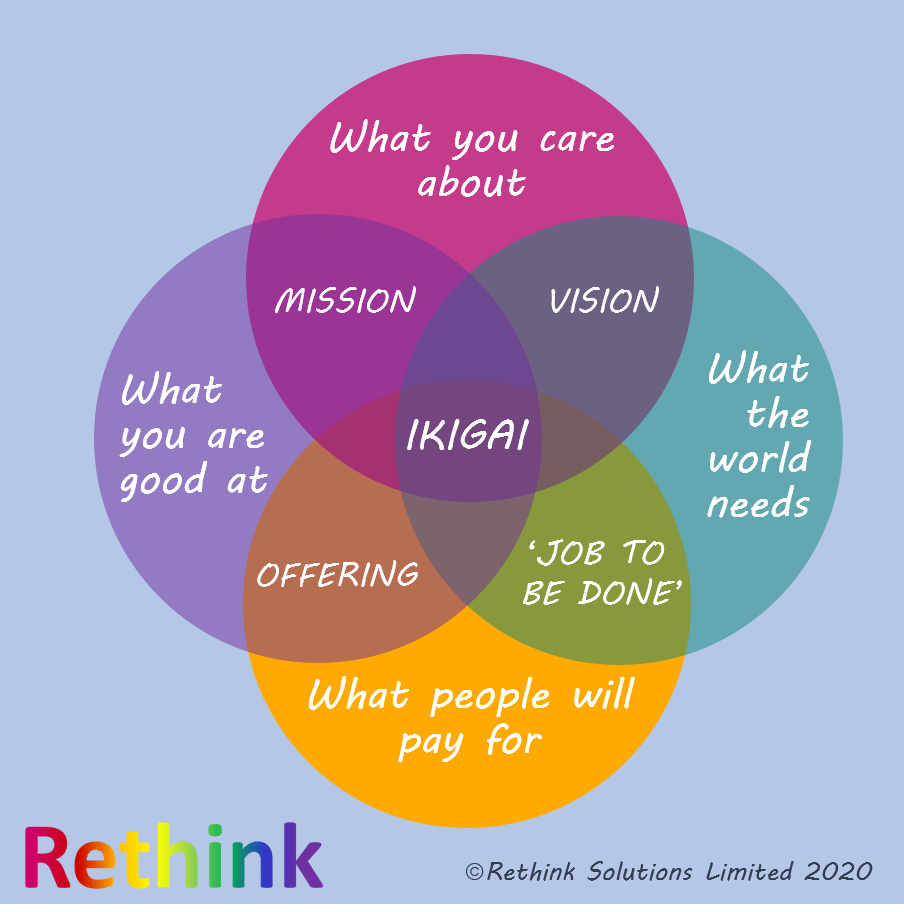
Where ‘what you care about’ and ‘what you are good at’ (knowledge, skills, experience) meet is your mission. This describes the core objectives for your business – in Sinek’s Golden Circle, the ‘What’.
What the world needs is complex and multifaceted, and now we know our future success needs different solutions. We need to regenerate living systems, recover finite resources, create circular, sustainable solutions. Just as importantly, we need fair, inclusive and responsible business models that support everyone in the system – suppliers, employees, customers, shareholders and wider society.
What the world needs = ‘jobs to be done’
We can see that the overlap between ‘what the world needs’ and ‘what people will pay for’ can describe a wide range of customer problems to solve. In the language of the Business Model Canvas and Value Proposition, this is the ‘job to be done’. In short, these are things your customers are trying to get done in their work or lives. These ‘jobs’ could be tasks, problems they want to solve, or needs they’d like to satisfy. [For more on this, read Value Proposition Design by Alex Osterwalder et al.]
Harvard professor Clayton Christensen, the bestselling author of The Innovator’s Dilemma, helped popularise the ‘Jobs to be Done’ concept (there’s a good overview in this article in HBR). Explaining ‘Jobs to be done’, the Christensen Institute says “People don’t simply buy products or services, they ‘hire’ them to make progress in specific circumstances. Getting clear on this can help us identify jobs we may be able to help them with, and – crucially – that people will pay us for.
Ultimately, a business must align ‘what we are good’ at with ‘what people will pay for’ – our offering. We can identify any number of customer ‘jobs to be done’ but unless we have the capabilities to provide solutions to those problems, we won’t be able to create, deliver and capture value. The bottom line is, we need to make a profit!
The overlap and alignment between all four circles form our business ikigai. It is our purpose, our reason for being. It is the reason why we – and our employees – get up in the morning and invest precious time, effort, thinking, worrying and problem-solving into our business.
A purpose for people, planet and profit
We’re seeing that people, more than ever, want to feel like they are part of the solution, not part of the problem. Deep down, many people are scared about the future. On top of the pandemic, we are already seeing the disruption and disasters created by global heating – those wildfires across Australia and in the US. Massive storms in many places and, in May, a super-cyclone in Bangladesh. Species extinction and spreading non-native plants and animals threaten our food sources. National Geographic reports that the locust plague East Africa is likely to be linked to climate change. We are ever-more aware of the issues caused by pollution, and our ‘take, make, waste’ approach for products and equipment.
Companies that set their compass, their ‘true north’, towards making a better world, can engage people to help that mission. Employees, suppliers, shareholders and – crucially – customers all want to support companies doing the right thing. However, that doesn’t mean ‘a bit less bad’ – 10 per cent less energy, 25 per cent less waste and so on. Rather, it means a wholehearted commitment to a regenerative, fair, and inclusive economy. What’s more, it means telling the story of what you are doing, honestly. Sharing your targets, your progress and your mistakes.
Ikigai – guiding a purpose beyond profit
The principles of the ikigai philosophy can be a simple and effective tool for a business purpose going beyond profit. It can clarify your business ‘why’, ensuring it is grounded in what the world truly needs – not just what people will buy if your marketing is clever enough. Your analysis might reveal a big gap between what the world needs and your current offering. Circular economy approaches can help you bridge that gap. Circular systems can reduce resources consumption (and costs), create opportunities for new services and revenue streams, and build stronger, deeper relationships with customers and suppliers.
Align your team around a purpose, and use ikigai to #buildbackbetter, and #buildbackcircular.
What do you think? Does this resonate with you? I’d love to hear your thoughts!
A business model is a theory, or story, to describe how an organization creates, delivers and captures value. In other words:
- To create value: what do we think our customers want?
- To deliver value: what services or products can we provide that best meet those needs?
- To capture value: how will we earn revenue and other rewards?
The Value Proposition (a section in Osterwalder’s Business Model Canvas) describes the benefits customers can expect from your products or services. For more, see https://www.strategyzer.com/canvas
Catherine Weetman advises businesses, gives workshops & talks, and writes about the circular economy. Her award-winning Circular Economy Handbook explains the concept and practicalities, in plain English. It includes lots of real examples and tips on getting started.
To find out more about the circular economy, why not listen to Episode 1 of the Circular Economy Podcast, read our guide: What is the Circular Economy, or stay in touch to get the latest episode and insights, straight to your inbox…
